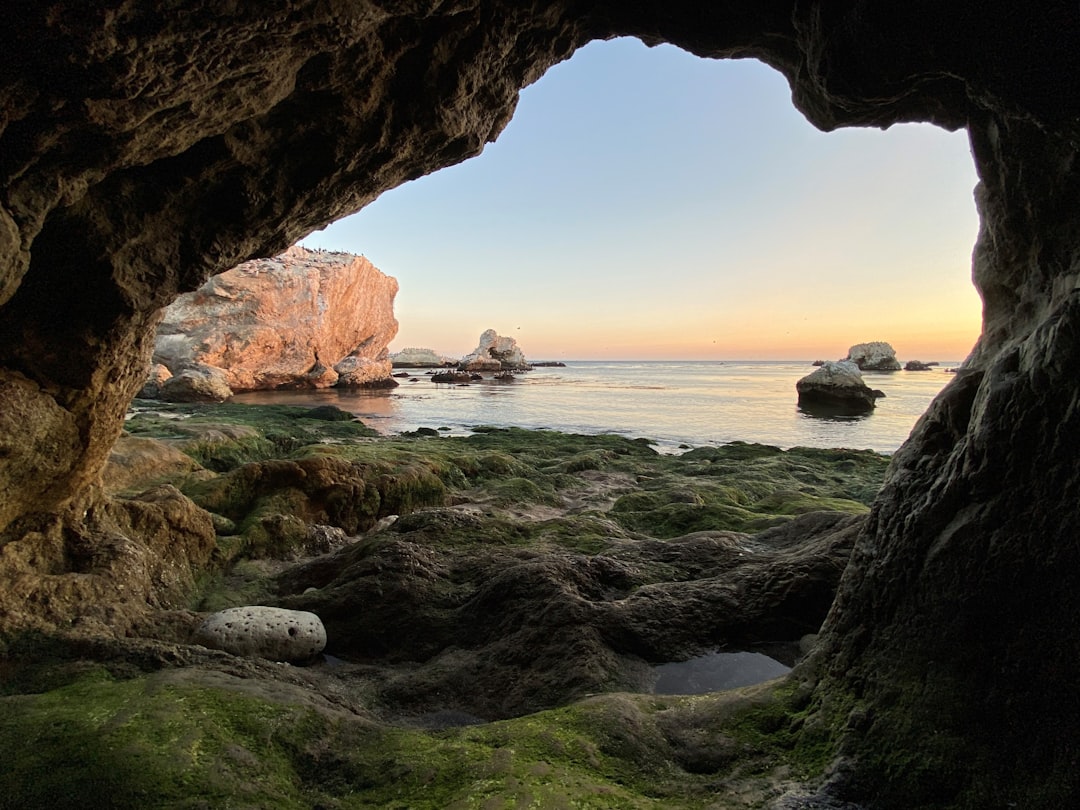What is it about?
Diaphorina citri Kuwayama (Hemiptera: Psyllidae) is the vector of the bacteria that causes citrus greening and is considered one of the world's most important citrus diseases. We examined how host, geographic region, and gender affect the thermal requirements of D. citri. The insects were reared in climatic chambers at constant temperatures of 18, 20, 22, 25, 28, 30, and 32 +/- 1 degrees C, 70 +/- 10% RH, and a 14 h photophase. Host plants for D. citri included orange (Citrus sinensis [Rutaceae]) varieties Pêra and Natal, the rootstock, Rungpur lime (C. limonia [Rutaceae]) and the natural host, Orange jessamine (Murraya paniculata [Rutaceae]). To study the influence of geographic origin on thermal requirements, we studied D. citri populations from Piracicaba, SP (warmer region) and Itapetininga, SP (cooler region). The duration and survival of the development stages and the duration of the total development (egg-adult) did not differ significantly on the different hosts, but it did vary with temperature. Nymphs of D. citri created on the different hosts have the same thermal requirements. The thermal requirements for this species collected from the two climate regions were identical; males and females also had the same thermal requirements.
Featured Image
Read the Original
This page is a summary of: The Effects of Host, Geographic Origin, and Gender on the Thermal Requirements ofDiaphorina citri(Hemiptera: Psyllidae), Environmental Entomology, April 2010, Oxford University Press (OUP),
DOI: 10.1603/en09252.
You can read the full text:
Contributors
The following have contributed to this page










